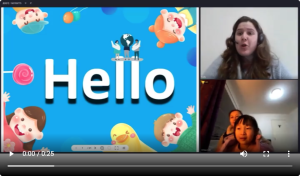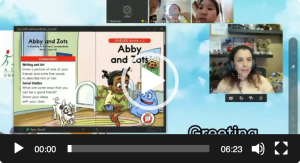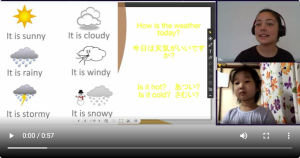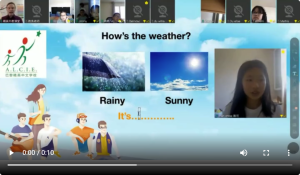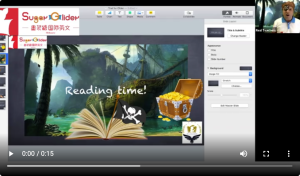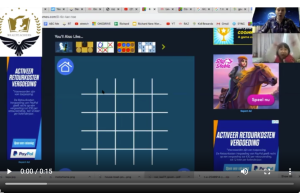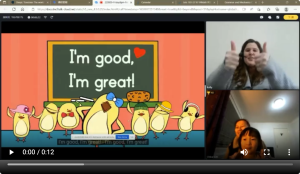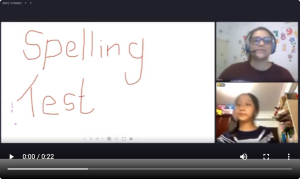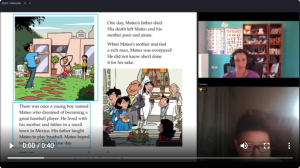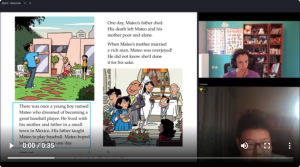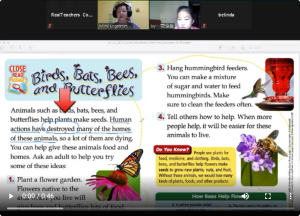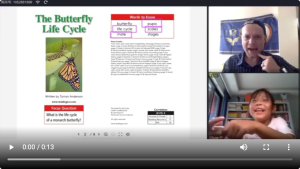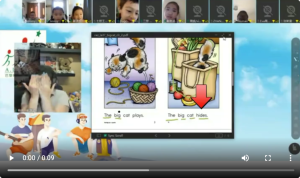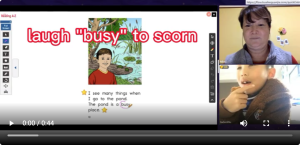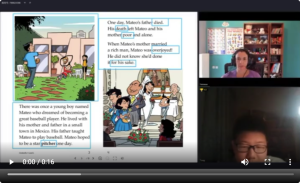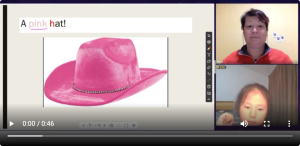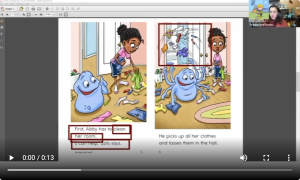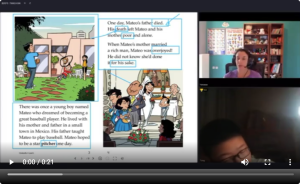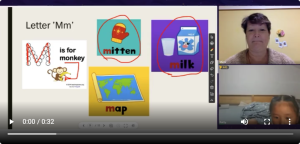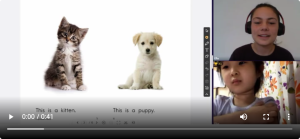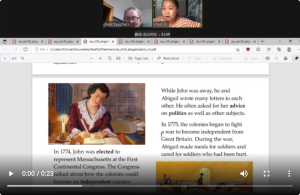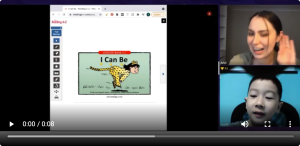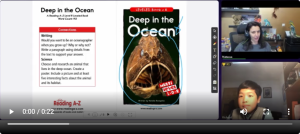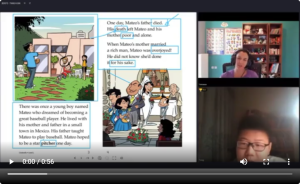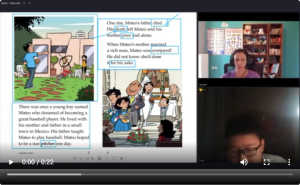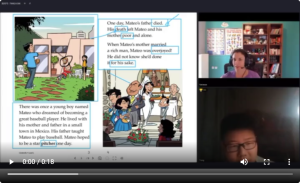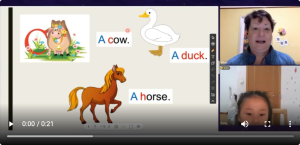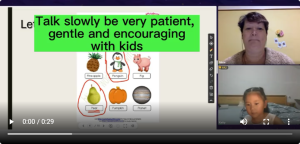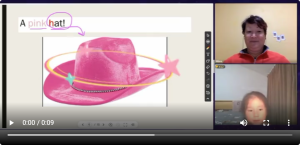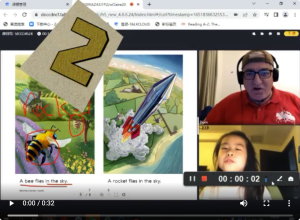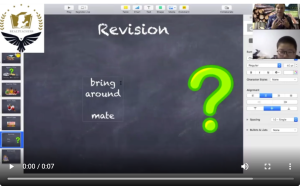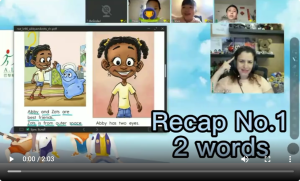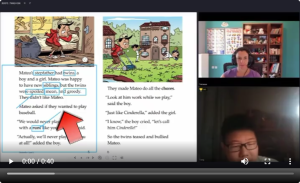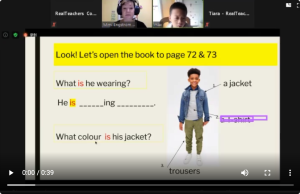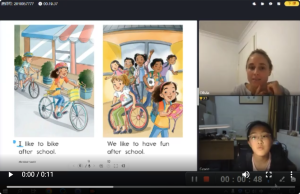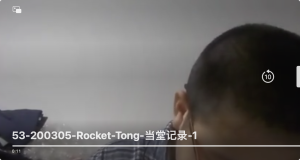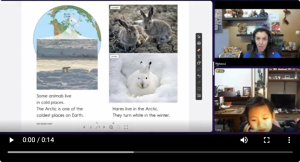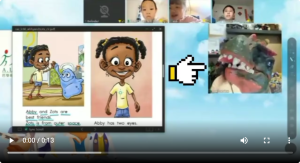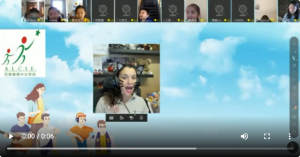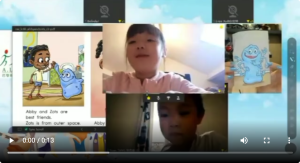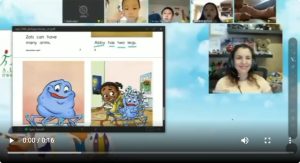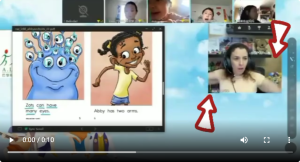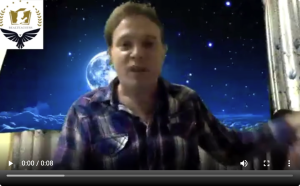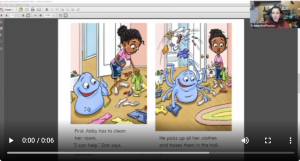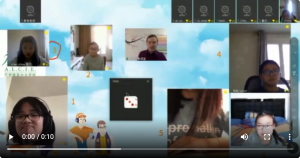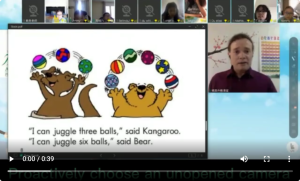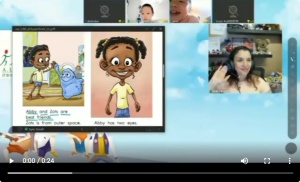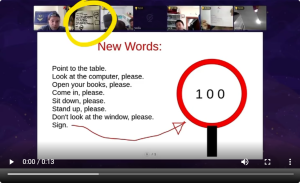RealTeachers Teaching Skills Video Tutorial Page
RealTeachers Teaching Skills Video Tutorial Page
🚩Although everyone has their strengths, it is always good to learn from others to 🌹 get better.
We’ve mentioned a lot of teaching tips throughout the training pages, but without any demonstrations, it probably still won’t impress readers. Therefore, we have collected and analysed 🔍 the following teaching highlights for your further reference. Please read these carefully and apply them to your courses as much as possible. These teaching techniques are not only recommended by RealTeachers, but also highly regarded by the market 🔢.
🔴Applying these to your teaching will surely benefit every aspect of your online teaching work:
1、Students can achieve more, which means more renewals, more jobs.
2、Your personal reputation will be established and spread by the clients, which means more followers, more jobs.
3、The company will recommend more of you to customers, which means more job opportunities and higher and more stable income.
Before we start
1、 First of all, we will again demonstrate and emphasize the overall Lesson Structure. We respect and allow for individual differences, while we do have a relatively standardized Course Process. This process will be guided by the Lesson Template slides shared with you above. Please refer back to it and download it for your use.
Having the right Lesson structure as the foundation, your excellent teaching skills will surely be a valuable addition. Let’s share an elementary ESL class video edition to find out what kind of teaching model is advocated by RealTeachers.
As you can see in this short video, teachers use a variety of teaching techniques, including props, avatars, cards, musical instruments, costumes, and voice changes. It’s not purely for fun, it does a great job of engaging, explaining, interacting, etc.
Can you think about what you have and what you can do in your own classroom?
Classified presentation and description
After that, we have divided our demo video clips into the following parts and tried to explain each one clearly.
•💡 Talk about the weather/greetings
This is such a common way of starting a class that many teachers ignore its importance. While it sounds simple, for most ESL students, this is a great opportunity to master those essential buzzwords and expressions.
Let’s not just say hello, but make the most of the opener and teach students some new words and expressions based on a personalized lesson plan. This can easily be designed by teachers, yet it remains a rare opportunity for careful study for students.
As teachers, our real concern is often shown in such subtle ways. That also makes us RealTeachers.
• 💡Game opening
To open a class with a fun game doesn’t mean you have to spend the entire 3-minute session, 1/10 of the lesson length, to complete it and then go back to the formal lesson. Let’s check what this teacher is doing and think about what does it inspire us to do?
• 💡Song opening
It is not difficult at all for a teacher just to open a YouTube video and let students sing along. The really challenging part is how to actually create an entertaining and immersive classroom using this simple skill. Let’s check it out:
• 💡Dance opening
Dance openings can be used into many different scenarios, e.g., students are too active, depressed, too small to restrain themselves, or students are in a group. We cannot list every situation, but we believe this is a great option for you.
Other than the situations listed above and demonstrated in the video, what else can you think of using it?
• 💡Chat opening
A friendly conversation with the student is also a good warm-up for the class. Through this part, both parties can get acquainted with each other besides the lessons. That will help widen your connection with your students and build a good relationship between the two. In return, teaching efficiency will be greatly increased.
However, if there is anything you need to be reminded in general, we would say, please have a good time management for that. Do not be over chat. A friendly chat of 2-minute is maximum and good enough, please mind that the formal teaching part needs to have adequate time. Let’s check the example for this:
• 💡Identify new words
To be able to teach students new words, first of all, we need to find new words for them. Students are of different levels, so that they will encounter different “New Words”, even if they read the same text.
Let’s see how exactly this teacher locates the new words for the student and teaches him on the way.
• 💡Learn new words
There are many ways of teaching new words.
1. Utilising the embedded pictures is one of the best and straightforward methods. It can maximize the educational function of books, increase students’ ability in understanding and exploring new information and lay the foundation of self-learning interests. Here is the example:
2. Make good guesses according to the context is also a great way of learning and understanding new words. At the same time, students can learn synonyms as well. Let’s check that:
3. As we all know, TPR teaching technique is the king of ESL classroom, let find out how teachers use actions, dolls and demonstrations to teach new words:
• 💡Words distinguishing
1. A new word does not always refer to a new spelling for students, and different meanings under the same word are also new things that need to be taught. Let’s see how the new word “busy” is explained:
2. In addition to new spellings and meanings, different parts of speech are another important “new” thing to be taught. Take the words “died” and “death” for example:
3. When teaching kids of beginner level, it is important to help them as much as possible to master the learnings right in the class. In order to achieve that, repeatedly comparing and contrasting is a way that second to no others. We have a great example for this, let’s click to watch:
• 💡Words application
Applying what you learn in real life is a great way to master and consolidate. Especially when you can guide the student to apply the new words to familiar scenarios, it will undoubtedly lift his/her English practical ability. Here is a quick example for this. Let’s all bring this skill to our own classes in the future.
• 💡Pronunciation correction
The pronunciation of language is just like the appearance of a person, it might not be the most important thing, but it’s definitely the person’s first impression of how good/bad his English is. To be honest, to learn authentic English pronunciation is the main reason why clients are looking for native English-speaking teachers. So, please pay good attention to this part of teaching.
1. Directly help children with sound-it-out. Here is the example:
2. Lead the reading and let the child to follow. Let’s see an example:
3. Encourage child to read, remind and correct child’s pronunciation according to the rules of phonics. Please click and check:
4. Demonstrate mouth shape, focusing on correcting pronunciation. This is also one of the typical TPR teaching skills.
On top of the basic English teaching, i.e., words, grammar, pronunciation and sentences, the overall text comprehension is also an important teaching goal to achieve. Therefore, necessary depth of article analysis is absolutely required.
• 💡Heuristic teaching
Before the actual reading, students are encouraged to brainstorm and make reasonable guesses and predictions about the content based on the cover of the book. This will improve children’s reasoning skills and increase their interest in reading books. Here for your reference:
• 💡Summarize the gist of each paragraph
To be able to understand the whole story, grasping the gist of each paragraph is an essential. There are many ways to get that done, we here just to list a few for your inspiration:
1. Guide the student to understand the gist of the paragraph through logical analysis and retelling of the story. Let’s have a look at the example below:
2. Sometimes, misinformation is deliberately given to confuse the student in order to stimulate him to find the correct answer. This will ensure that students’ understanding is on the right track.
3. As aforementioned, pictures contain a lot of information. Some are conductive to the understanding of new words, while others can also play an important role in indicating characters.
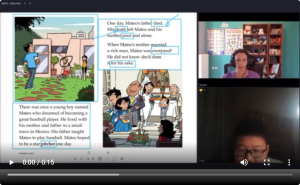
4. When teaching, all links are related. This example shows that synonyms were well explained, while helping child sorting out the context of the article.
Among various teaching methods, we value these following 4 methods the most, namely, individualized teaching, focusing on harvest, enhancing classroom fun and classroom management.
• 💡Individualized teaching
Students come in a variety of personalities and English levels, we can only list a few for your reference. However, having this headline mentality is the only way for you to identify and adapt suitable teaching method for every single lovely student.
1. Our patience, inspiration, love and care is the way to go when dealing with elementary level children. Let’s have a glance:
2. The same teacher is not equal to a fixed teaching style. Our teaching style need to be flexible and adaptable to suit for age and English level. We should not apply a rigid teaching method to all students. The only thing we need to maintain is the teaching effectiveness. Let’s pay attention to how this teacher communicates with 2 different students:
• 💡Focus on harvest
We are teaching students; we are not teaching materials.
Our teaching needs to be students-centred, valuing their substantial academic achievement and personal gain.
1. Demonstrated by yourself, leading children to learn knowledge
2. Repetition is a very useful and important teaching skill, especially when dealing with the younger students. Filled with these small learning circles, the lessons will turn to be more approachable to students. The more we help students to master during the class, the more solid gains it becomes for students.
When necessary and be capable, you are welcome to use reasonable amount of the student’s native language to aid learning. Students will feel closer to you.
Let’s have a good look at these following videos, and apply this skill to our classes as much as we can!
3. Don’t just take the “YES” as a pass, always reconfirm their actual understanding. Taking about this, we trust teachers should have general understanding of their students’ English levels. That way, pay attention to their responses and make sure your teaching content is explicitly delivered. The following video is a great example for this:
4. Help students to make new sentences, as well as require them to answer or express themselves in complete sentences. Showing and explaining examples to children is a very important teaching method, but more importantly, is to guide children to draw inferences from one instance. Let’s watch the short video:
5. Another very important teaching rule, we need teachers to apply to ALL REALTEACHERS’ COURSES, is the 2-Notebook strategy. We need all students have two notebooks for their classes, one for in-class exercise and homework, the other for taking notes during the class. This is for students’ personal review purpose in a later time. Therefore, teachers need to determine what is important for students to note down and give them adequate time in class to do so. This is more applicable to senior students. You can refer to the following example:
• 💡Enhance classroom fun
There is no need to explain the purpose of this session and there are so many ways to implement an interesting class, as long as you are willing to learn, to practise and to develop.
1. Using props, changing voices
2. Using digital/virtual decorations and expressions
3. Using physical cards or digital pictures
4. Use physical demonstration to deepen children’s learning impression and enhance memory
5. Virtual rewards increase children’s classroom attractiveness
6. Make full use of the functions of the teaching platform and intergrate appropriate game elements to enhance classroom interaction
• 💡Classroom management
Proper classroom management is definitely needed and necessary, given the nature of children. No one likes strict discipline, while the soft requests from teachers are usually ignored by some naughty students. What shall we do?
For example, many teachers encounter situations where students do not turn on their cameras during the classes. Some teachers do not even ask to open, some ask but be denied or ignored, while there are still other teachers who never give up, they keep trying and use their patience and enthusiasm to influence students. Because they know what does closed-camera classes mean to students.
Let’s refer to these following videos and think about what can we do for the similar situation:
Have you ever had difficulty with your students not doing their homework? What do you usually do in that situation?
Do you report that to your Teachers Coordinator at RealTeachers, or just let it go?
On the one hand, you know that without the homework completion, the learning goal can’t be achieved easily; on the other hand, you feel like nothing can be done to change the situation.
Is that true? Let’s see how this following video can inspire you:
Thanks for your careful reading. Here are the questions for your reference. We look forward to seeing your best performance in your classes.
• What’s the good of doing that?
• What have I done facing the same situation?
• What can be done in the future to achieve the similar goal?
• Furthermore, What’s actually my goal?
• What if more and more students lose interest in my class?
-Is that purely because the lesson is boring or is there is something I can do?
• Should I care about the activity participation of students or just leave them alone, which, you think, could more polite and respectful?
• How can I make the students both enjoy my lessons and achieve more?
• Etc.

